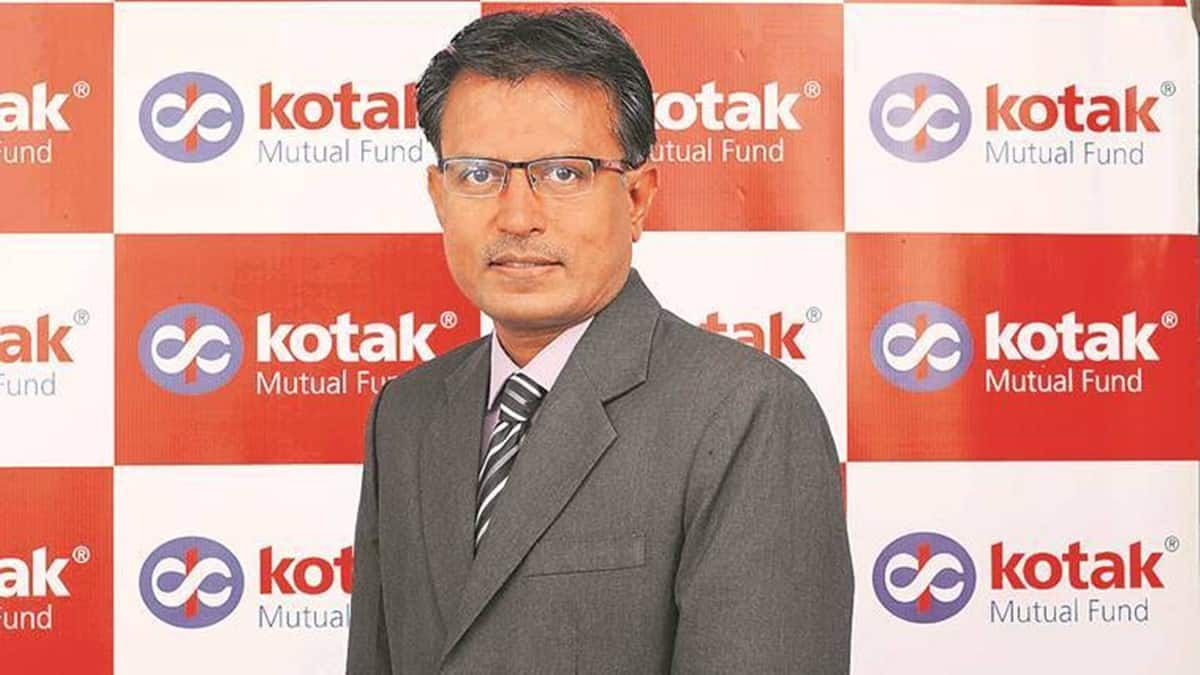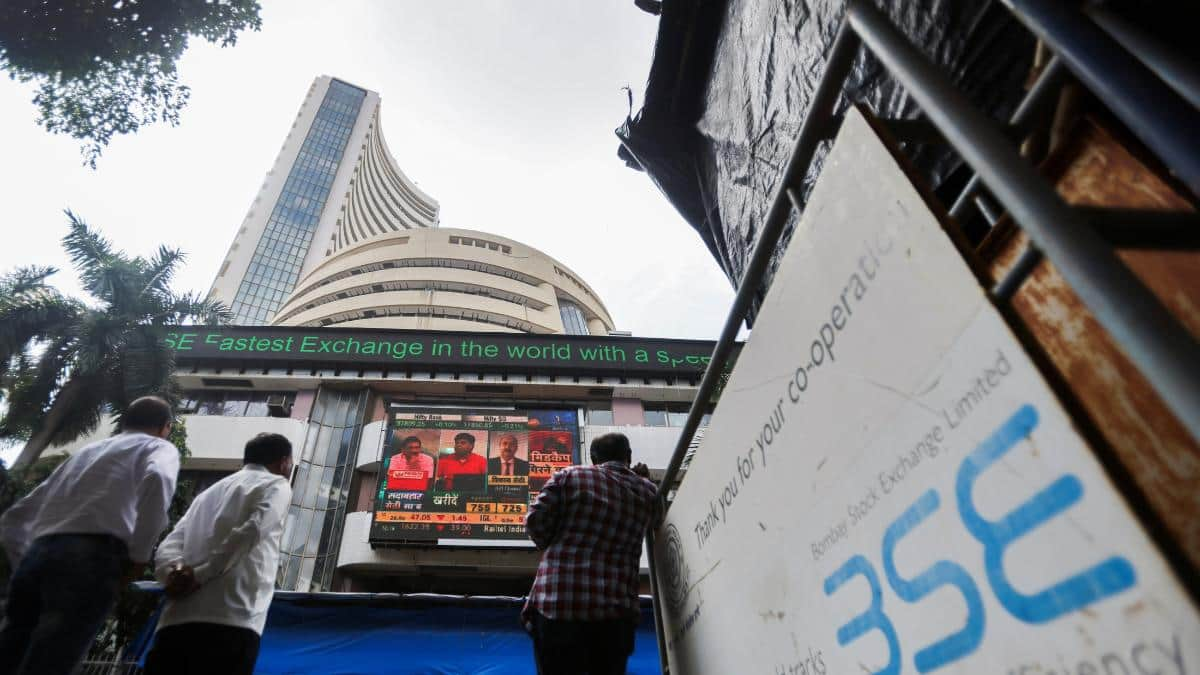‘Take a 5-year view, not Samvat to Samvat’

The real challenge in India’s consumption story lies at the bottom of the pyramid, and the festive season should provide a shot in the arm. Nilesh Shah, MD and CEO of Kotak Mutual Fund, tells Siddhant Mishra in an interview that investors should go for asset allocation funds and be ready to endure volatility before investing in equities. Excerpts:
Investor wealth rose by ₹46 trillion during Samvat 2079. How do you see the markets in Samvat 2080, given the geopolitical tensions and upcoming general elections?
Given the current inflationary pressure, how do you see consumption panning out?
Consumption for the upper-middle class and the rich took off long ago. Their lifestyle kept getting upgraded, which has given rise to ‘premiumisation’. The numbers kept on expanding thanks to the economic growth. Their savings have declined over the years, as they have become more secure about the future.
The challenge actually lies at the bottom of the pyramid, especially in rural areas. That part of consumption has remained subdued for quite some time. We hope that despite the challenge of a deficient and uneven monsoon, it should start improving on a gradual basis with the festival season and elections.
PSU banks have been among the top performers during Samvat 2079. What has kept the index rallying?
PSUs were extremely cheap following decades of underperformance. The clean-up exercise taken by the Centre and the Reserve Bank of India, along with capitalisation provided by the government, made them a compelling buy. One more reason why PSU banks rallied was the low floating stock in a few counters. The government is not allowed to divest stakes in PSU banks in the secondary market; only the bank can dilute the government holding through a fresh raise. Lack of floating stock and cheap valuations attracted investors to PSU counters.
The war in the Middle East has kept oil prices under pressure. Is it likely to continue being a bane for the markets?
Crude oil prices were threatening to cross $100 a barrel owing to the OPEC-led oil cartel well before the Israel-Hamas war. As the US proposed a relaxation in sanctions on Venezuela (which has more oil reserves than Saudi but is currently producing 750,000 barrels against the 12 million barrels by Saudi), the cartel increased its supply to keep oil prices at $80-85 per barrel. As long as the fear of Venezuela’s supply keeps the oil cartel under check, prices will continue to hover around the current levels.
Which themes are likely to do well in the quarters ahead?
We prefer manufacturing and financial services in the coming year. We also believe technology will provide an opportunity in the coming six months.



Leave a Comment